 | « Back to article | Print this article |
Several factors force women out of the workforce. But mainly it's lack of good childcare facilities.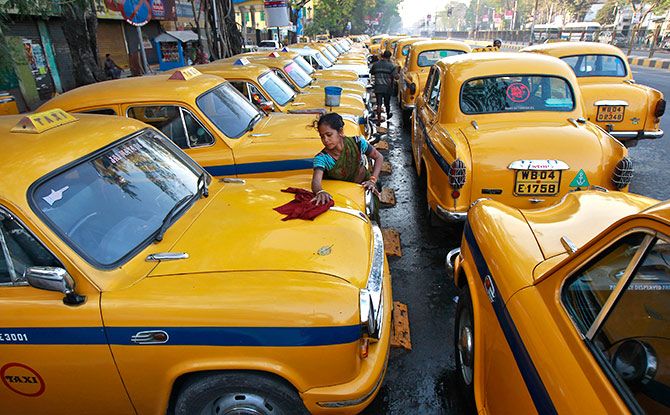
A recent article in The Economist argued that if Indian women were to work and the country rebalanced its workforce, it would be 27 per cent richer.
One of the main reasons why women drop out of the workforce is that post-marriage and children, their major responsibility is the upbringing of the children and the well-being of the family. At a time when the joint family system has all but disappeared, in most cases, the responsibility of being the primary caregiver falls on a woman.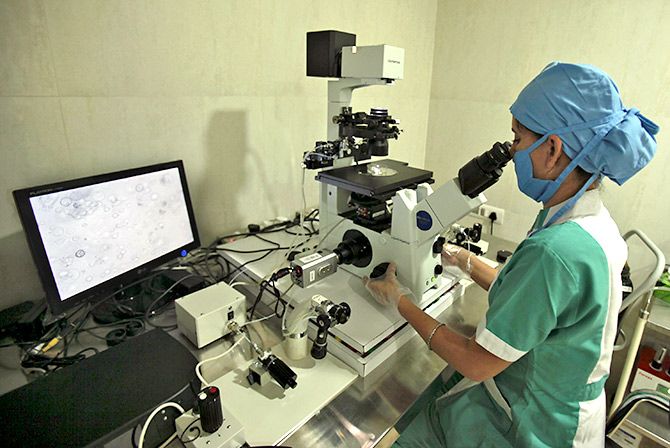
It was recognition of this fact that led Priya Krishnan, 43, to study the options for child care for working women in 2011. Krishnan had seen women often resigning once they had children even while she lived and worked at MphasiS in the UK.
But once Krishnan moved back to India with her two children and settled down in Bengaluru, a city full of migrant families with little support, she found that most women did not work, citing unreliable help as the main reason. Those who did work, quit once they had children, often never returning to the workplace.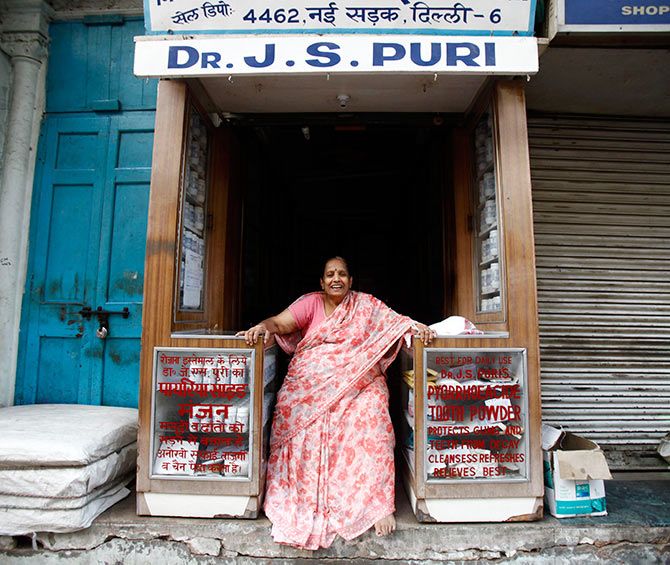
Apart from her personal experience, her research confirmed what she saw in Bengaluru. She found that studies showed there were close to 160 million children below 6 years of age in India and 60 per cent of these were in nuclear families with no support, as in no grand-parents or other relatives in the home. Of the parents who did have child support, the majority were unhappy with the quality of it.
Krishnan saw an opportunity and set up the brand Klay by Founding Years in 2011 to provide high quality, accountable day care to stem the outflow of women from the workplace by allowing them to work without guilt or anxiety. The four main factors that most parents looked for, she found, were the quality of the interaction, transparency, accountability of the provider, and a safe, happy environment for the child both physically and emotionally.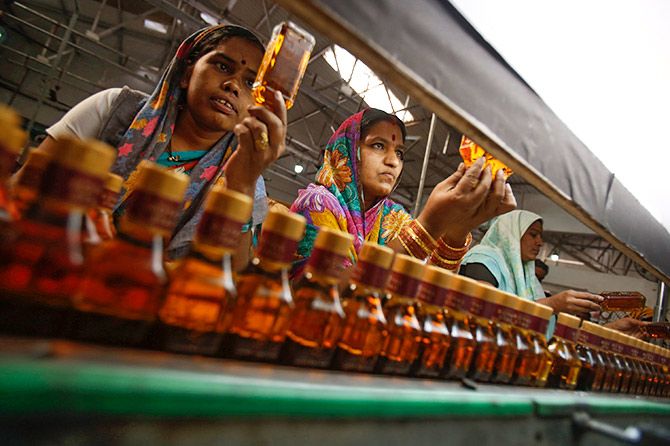
“Ironically, I realised that what parents were looking for was actually something “better” than what they could provide themselves at home. It had to be better -- not the same,” said Krishnan. So that’s what she attempted to provide. Having two children herself and having juggled things in her life to find the right balance, she knew what she was dealing with.
Around the same time, companies too began to become aware of this need. More and more state governments have issued directives indicating that child-care and crèche facilities are the responsibility of the employer who is also expected to provide the bulk of the funding. Across sectors -- tech, banking, pharma and others -- some companies have taken the lead and others are gradually following. “There is certainly a higher degree of realisation and willingness to step in from the corporate,” said Krishnan.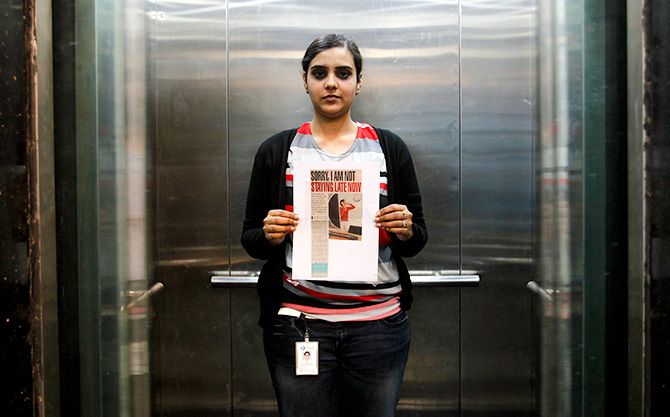
Other interesting trends have intrigued her. For example, single parents tend to form a support group of sorts and are willing to chip in when the parent is travelling. With many single parents today, a crèche facility is something not only mothers but also fathers seek.
Another trend is that since so many parents have only one child -- almost 70 per cent of the 14,000 parents using Klay -- that many value the quality of the interaction their child has with other children above all else.
“Many parents feel that the child care centre needs to offer a quality of interaction among the children and a stimulating environment which is better than what grandparents at home may be able to do,” she explained.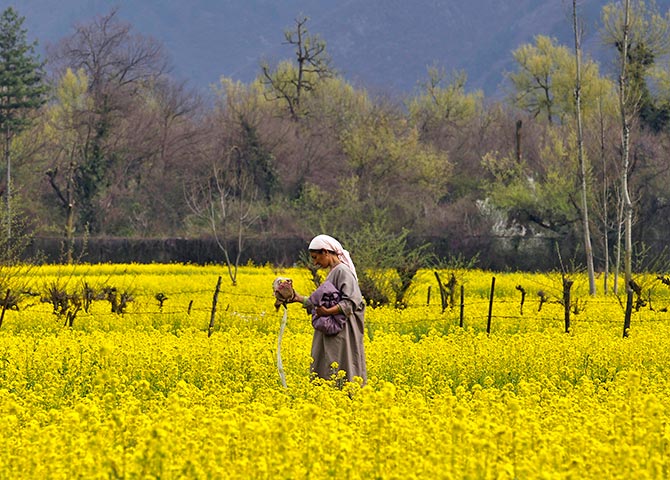
Klay started with one centre in 2011 in Bengaluru’s Whitefield district with around 60 children. Now the company has 130-odd centres in total. Of these, 47 are on the company premises -- Unilever, P&G, Airtel, banks and other large corporate (the law requires employers with over 50 employees to offer a crèche facility for staff). Klay centres are primarily in companies located in Bengaluru, Hyderabad, Mumbai, Pune, NCR, and Chennai.
The remaining 76 centres are standalone day care places that provide care for a total of 7,500 children. Klay has had two rounds of external funding and has raised around US$ 30 million so far. The company employs 2,100 people.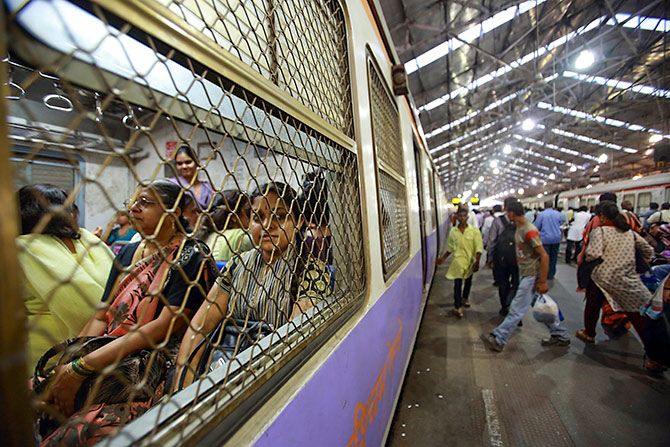
Despite the statistics on female participation in the labour force, Krishnan is looking forward to growth. India ranked 121st out of 131 countries in female workforce participation in a 2017 World Bank report. The percentage of women has fallen steadily from 36.9 per cent in 2005 to the current figure of 27 per cent. The low figure is the result not only of women being expected to bear domestic responsibilities but of the patriarchal belief among men that a wife who goes out to work lowers their social status. 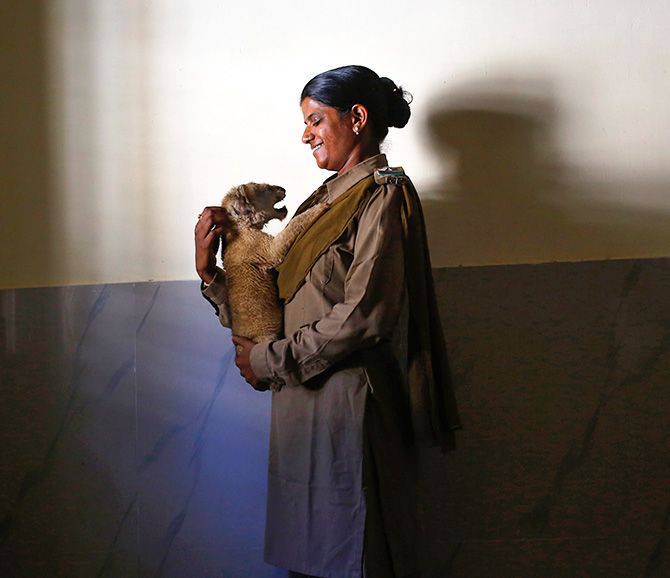
Yet Krishnan expects her company’s growth to be led by smaller Tier II cities where, she feels, more women are coming into the workforce. “Smaller satellite towns such as Kochi, Ahmedabad, Lucknow and others are seeing an increasing number of women entering the workforce with many wanting to stay employed even after marriage. In a sense, I see growth as being limitless but certainly, 1,000 centres over the next 10 years catering to 150,000 children is achievable,” she said.
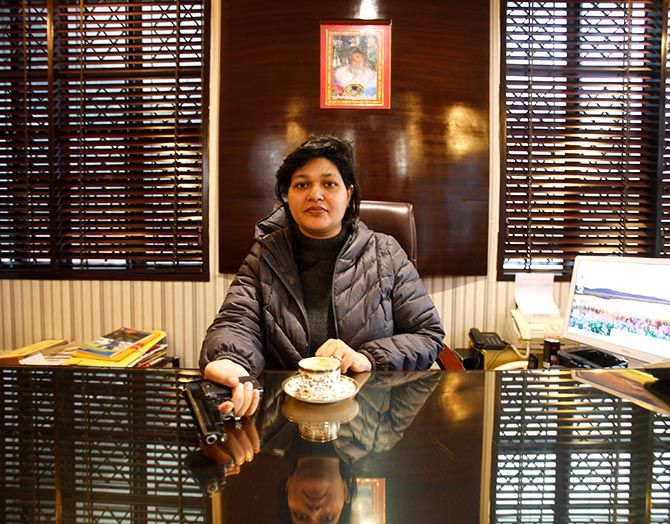
Nidhi Reddy, senior advisor, 9.9 Group, which has been looking at how to bring women back into the workforce notes that day care centres were first set up in Europe in the late 19th century to support immigrant women workers and yet India still has such a long way to go.
“Women have limited professional options to begin with and several inflection points in their lives which can force them out of the job force. It is a big leaky pipeline but good childcare facilities can at least plug one of the holes,” said Reddy.
Lead image: Vivek Prakash/Reuters.